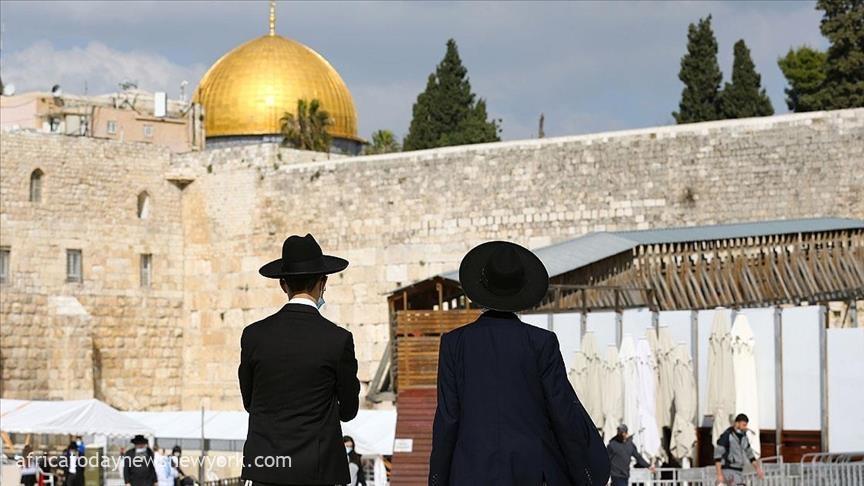With imported sacrificial cows, ancient hymns, and growing support, some nationalist Jews have begun moves to rebuild their temple in Jerusalem’s Old City, at a site at the heart of Israeli-Palestinian tensions.
A group of choristers in a Tel Aviv suburb were preparing for the day they will rejoice at the reconstruction of the Jewish temple some 2,000 years after its destruction, which they think will hasten the entrance of the Messiah.
Others, however, believe that achieving their goal will significantly exacerbate tensions around the Al-Aqsa mosque compound in Israeli-annexed east Jerusalem.
Chorister Shmuel Kam said Jews have been “waiting” two millennia for the revival of the temple.
Members of the Orthodox Jewish group claim to be descendants of the biblical Tribe of Levi, which performed hymns and music at the holy site.
‘When the temple will be built, we will ask the Levites to come sing and they won’t know. They have to learn,’ said Menahem Rozenthal, director of the men-only choir created a few months ago by the Temple Institute.
Read Also: Tension As Israeli Police Attack Worshippers In Jerusalem
Founded in 1987, the institute aims to rebuild the temple, training choirs and clerics and making objects for use in religious rites.
While apprentice choristers come from across Israel to delve into the collection of ancient hymns, the Temple Institute has made all of the objects deemed necessary for Jewish rites according to rabbinical instructions.
These include priestly robes, baking moulds for bread, incense burners and musical instruments.
The faithful have their sights set on the large, tree-dotted compound in the heart of Jerusalem’s Old City.
Known as Temple Mount to Jews and revered as their holiest site, the compound has for centuries housed Al-Aqsa mosque, the third most sacred place in Islam.
Those seeking to rebuild the temple recall the former place of worship, destroyed around 70 AD during the Roman period.
According to Jewish tradition, their first temple was demolished in 586 BC by then ruler Nebuchadnezzar II at the same location.

